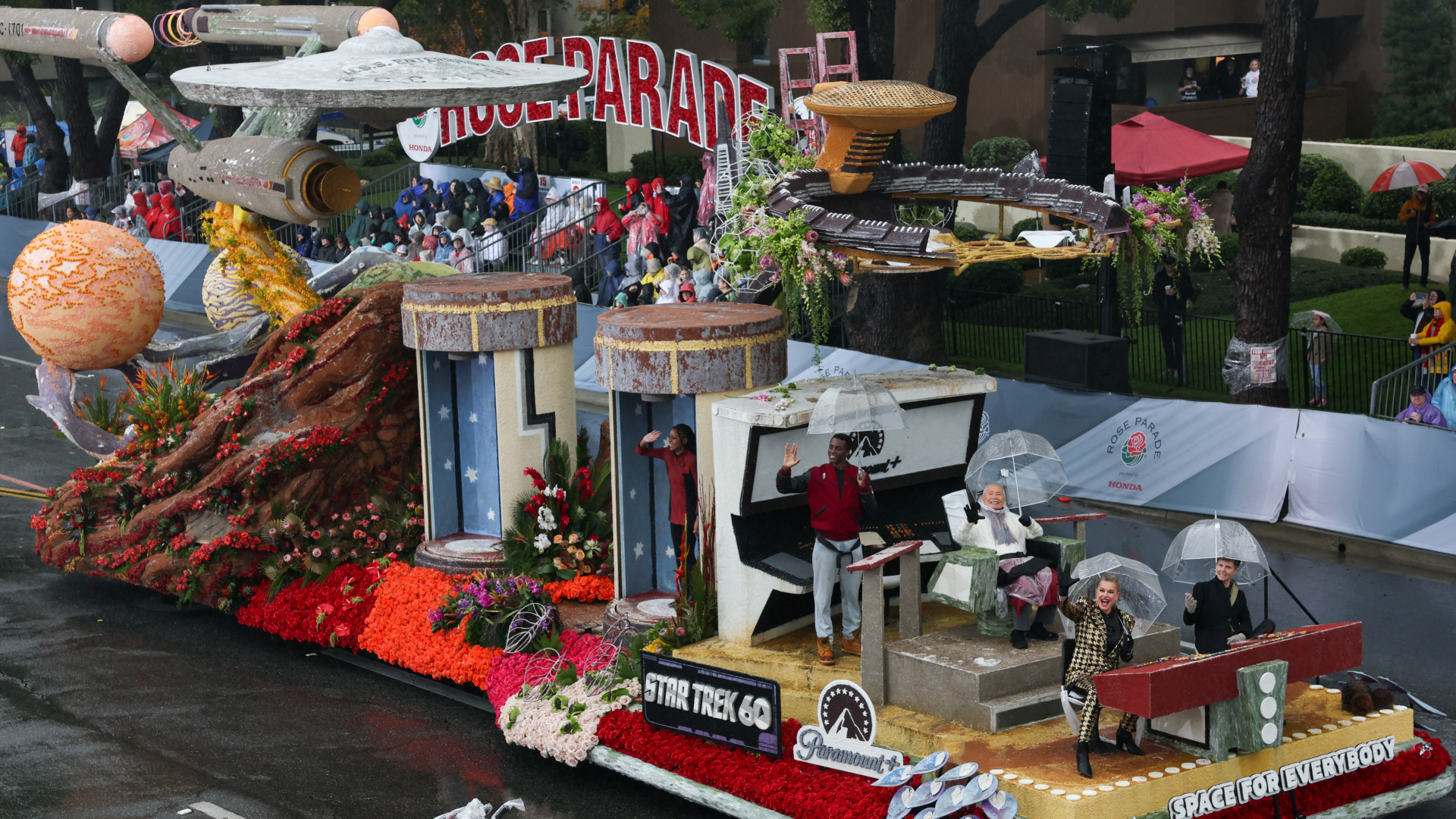Small Asteroid Gives Earth a Close Shave in Highly Anticipated Flyby
A small asteroid buzzed Earth early Thursday (Oct. 12) in a close flyby that scientists had been looking forward to for months.
The space rock, known as 2012 TC4, zoomed about 26,000 miles (42,000 kilometers) above Antarctica at 1:42 a.m. EDT (0542 GMT) Thursday. That's about 11 percent the distance between Earth and the moon, and just beyond the orbit of geostationary satellites.
There was never any danger of an impact during this flyby, NASA researchers stressed. And 2012 TC4 is almost certainly too small to cause any serious concern, even if it did line up Earth in its crosshairs. (Before the flyby, scientists estimated the asteroid's diameter to be between 33 feet and 50 feet, or 10 to 15 meters.) [Famous Asteroid Flybys and Close Calls (Infographic)]
"The impact effects would be simply a flash through the atmosphere and a breakup — a very bright fireball, basically," Paul Chodas, manager of the Center for Near Earth Object Studies at NASA's Jet Propulsion Laboratory in Pasadena, California, told Space.com.
But Chodas and other asteroid researchers around the world were keenly interested in the flyby nonetheless. They've been tracking 2012 TC4 for months, as a sort of dry run for dealing with an approaching asteroid that may indeed pose a threat to Earth.
"This campaign is a team effort that involves more than a dozen observatories, universities and labs around the globe so we can collectively learn the strengths and limitations of our near-Earth object observation capabilities," campaign leader Vishnu Reddy, an assistant professor at the University of Arizona's Lunar and Planetary Laboratory, said in a statement.
"This effort will exercise the entire system, to include the initial and follow-up observations, precise orbit determination and international communications," Reddy added.
Breaking space news, the latest updates on rocket launches, skywatching events and more!
Among the telescopes that were involved is the big radar dish at NASA's Goldstone Deep Space Communications Complex in the California desert, whose observations should help scientists nail down 2012 TC4's size, Chodas said. (The Arecibo Observatory in Puerto Rico also would have been participating, he added, but it's been offline since Hurricane Maria pounded the island.)
But don't expect great radar images of the asteroid, as Goldstone and Arecibo have generated for other, much larger asteroids; 2012 TC4 is likely too small for any significant surface features to be resolved by radar, Chodas said.
Other scopes were slated to gather composition data during the flyby — information that should shed light on the space rock's density, Chodas said. And scientists should have a good idea of 2012 TC4's precise orbit in the aftermath of the encounter as well, he added.
As its name suggests, 2012 TC4 was discovered in 2012, by the Panoramic Survey Telescope & Rapid Response System in Hawaii. The asteroid flew past Earth that year — oddly enough, also on Oct. 12.
But the space rock dropped off the map shortly after that 2012 flyby, speeding beyond telescopes' reach into the dark depths of the solar system. And now astronomers have welcomed it back with open arms.
Thursday's flyby "was rather special in the sense that we don't often know about small asteroids approaching the Earth years in advance," Chodas said.
"It's interesting to study such a small object, but it's also very appropriate, because we're more likely to see a small asteroid heading for Earth impact than a large one, simply because there are far more small ones than large ones," he added.
Follow Mike Wall on Twitter @michaeldwall and Google+. Follow us @Spacedotcom, Facebook or Google+. Originally published on Space.com.

Michael Wall is a Senior Space Writer with Space.com and joined the team in 2010. He primarily covers exoplanets, spaceflight and military space, but has been known to dabble in the space art beat. His book about the search for alien life, "Out There," was published on Nov. 13, 2018. Before becoming a science writer, Michael worked as a herpetologist and wildlife biologist. He has a Ph.D. in evolutionary biology from the University of Sydney, Australia, a bachelor's degree from the University of Arizona, and a graduate certificate in science writing from the University of California, Santa Cruz. To find out what his latest project is, you can follow Michael on Twitter.


